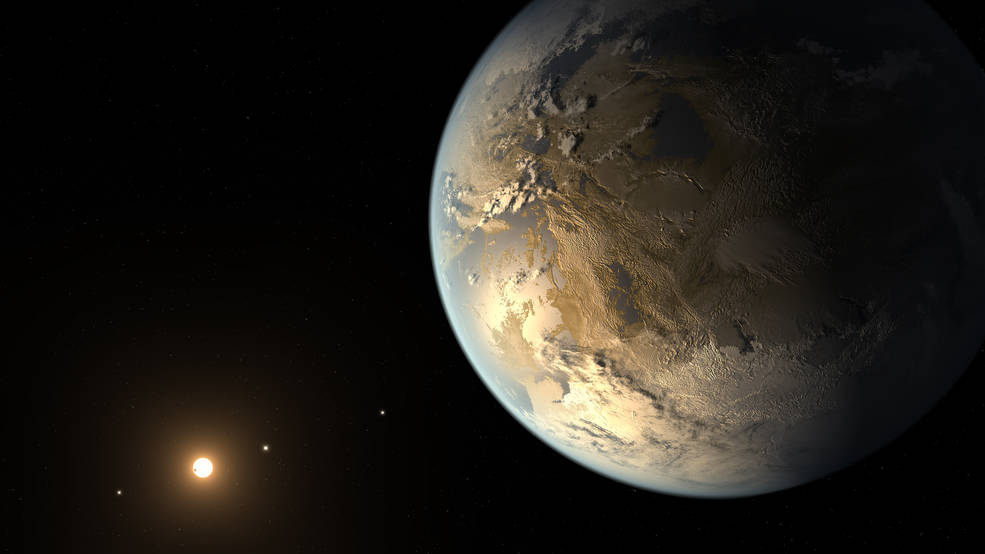Imagine luxurious forests, rivers of fresh water, immense seas. And maybe life. No, we are not talking about the Earth, but of a distant cousin: Kepler 186f, the first exoplanet in the habitable zone of a star discovered exactly 5 years ago, on April 17, 2014.
A very distant cousin, since the planet placed in the orbit of the dwarf star
Kepler 186
, is from Earth Well 500 light years. The discovery of the exoplanet by Nasa was officially one month after the publication of the first results born from the study of an international team. It was the space telescope of Nasa, Kepler, assisted by the space telescopes Gemini And Keck, among the largest in the world, to carry out the observation and to excite the astrophysicists. Not an exoplanet, but the first really similar to Earth to be placed in the habitability zone of a star.
Located in the constellation Swan, it is in fact at the right distance from its star of reference in such a way that it can guarantee the conditions similar to the Earth. Neither too far nor too close in short, a factor that could also presage the presence of great oceans on the planet’s surface and, consequently, of life.
For sure what you already know is its size, higher than the earth at roughly 10, and Its orbit period, equal to 130 days, then a third of a terrestrial year. A third is also the heat supply offered by its star Kepler 186, which has a size equal to one third of our sun.
The discovery, published in the journal Science, has rekindled the fever for hunting Earth-like planets and potentially colonizable, although it will serve further studies to accurately define whether the conditions on the planet are actually comparable to our planet. Starting with the severity, the oxygen present and the other substances present in the atmosphere, possibly potentially harmful to humans.
